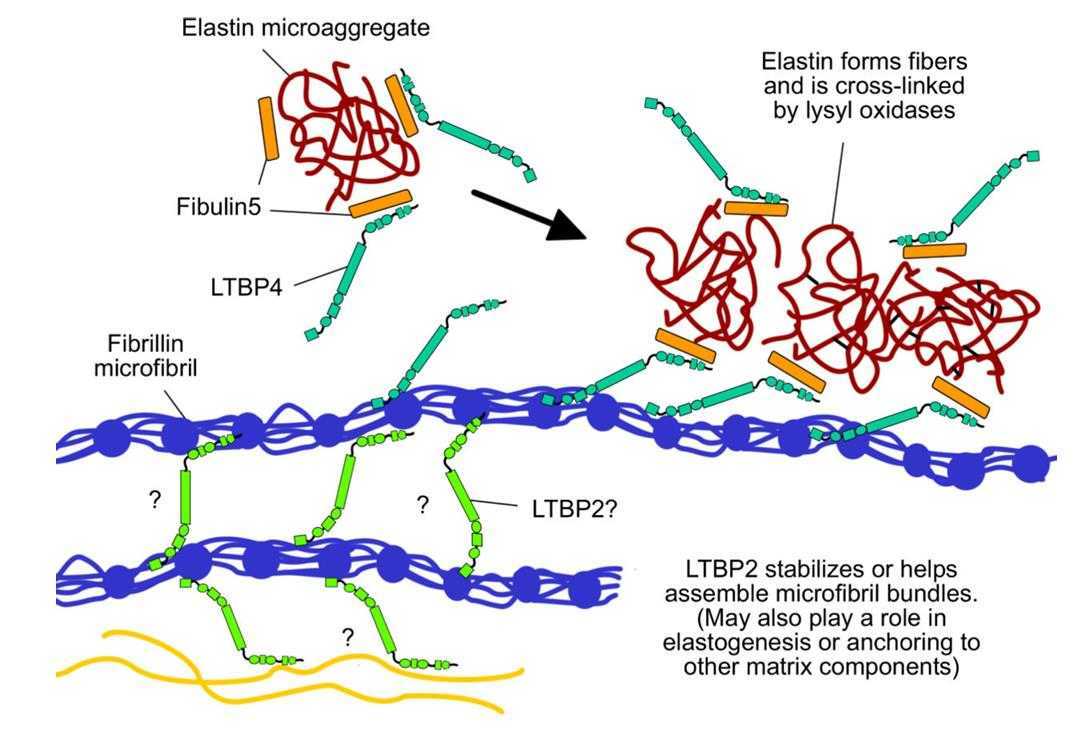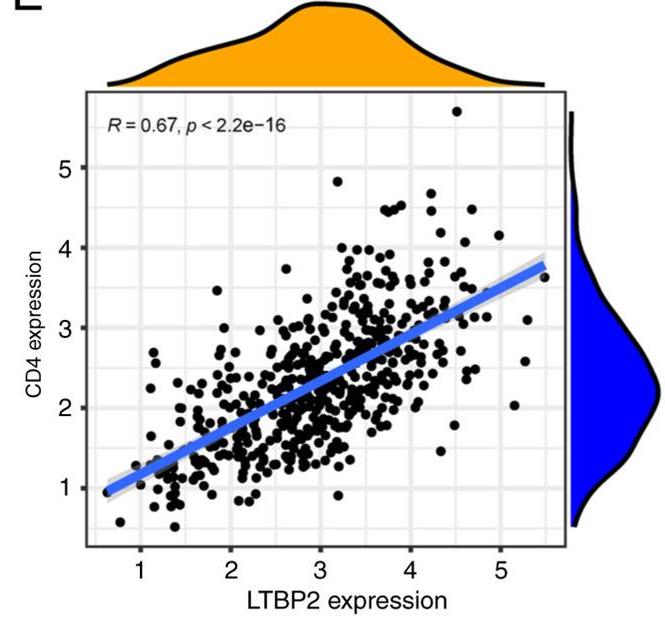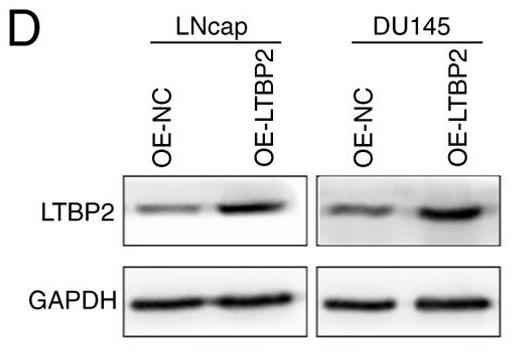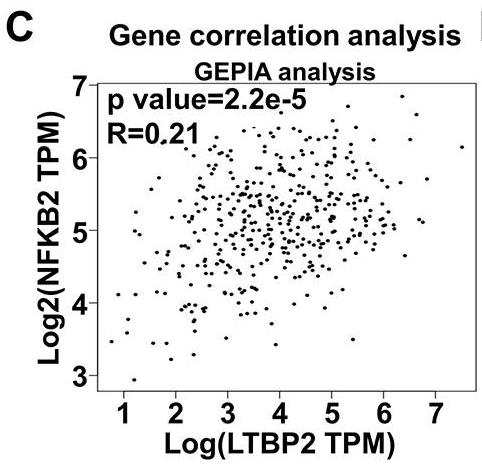LTBP2
-
Official Full Name
latent transforming growth factor beta binding protein 2
Recombinant Proteins
- Human
- Rat
- Mouse
- E.coli
- HEK293
- Mammalian Cells
- Wheat Germ
- His
- GST
- Avi
- Fc
- Flag
| Cat.# | Product name | Source (Host) | Species | Tag | Protein Length | Price |
|---|---|---|---|---|---|---|
| LTBP2-662H | Recombinant Human LTBP2 protein, His-tagged | E.coli | Human | His | ||
| LTBP2-663H | Recombinant Human LTBP2 protein, GST-tagged | E.coli | Human | GST | ||
| LTBP2-3501R | Recombinant Rat LTBP2 Protein, C-8×His tagged | HEK293 | Rat | His |
|
|
| LTBP2-9348M | Recombinant Mouse LTBP2 Protein | Mammalian Cells | Mouse | His |
|
|
| LTBP2-3157R | Recombinant Rat LTBP2 Protein, His (Fc)-Avi-tagged | HEK293 | Rat | Avi&Fc&His |
|
|
| LTBP2-3157R-B | Recombinant Rat LTBP2 Protein Pre-coupled Magnetic Beads | HEK293 | Rat |
|
||
| LTBP2-4590H | Recombinant Human LTBP2 Protein, GST-tagged | Wheat Germ | Human | GST |
|
|
| LTBP2-5238M | Recombinant Mouse LTBP2 Protein, His (Fc)-Avi-tagged | HEK293 | Mouse | Avi&Fc&His |
|
|
| LTBP2-5238M-B | Recombinant Mouse LTBP2 Protein Pre-coupled Magnetic Beads | HEK293 | Mouse |
|
||
| LTBP2-664H | Recombinant Human LTBP2 protein, His-tagged | E.coli | Human | His | Ser522~Thr814 |
|
| LTBP2-9349MFL | Recombinant Full Length Mouse LTBP2 Protein, Flag-tagged | HEK293 | Mouse | Flag | Full L. Full Length |
|
Background

Fig1. TGFβ independent roles of LTBP-2 and LTBP-4. (Ian B Robertson, 2015)
What is LTBP2 protein?
LTBP2 gene (latent transforming growth factor beta binding protein 2) is a protein coding gene which situated on the long arm of chromosome 14 at locus 14q24. The protein encoded by this gene belongs to the family of latent transforming growth factor (TGF)-beta binding proteins (LTBP), which are extracellular matrix proteins with multi-domain structure. This protein is the largest member of the LTBP family possessing unique regions and with most similarity to the fibrillins. It has thus been suggested that it may have multiple functions: as a member of the TGF-beta latent complex, as a structural component of microfibrils, and a role in cell adhesion. The LTBP2 protein is consisted of 1821 amino acids and LTBP2 molecular weight is approximately 195.1 kDa.
What is the function of LTBP2 protein?
LTBP2 protein is involved in the regulation of fibrillin, a key structural component of connective tissue, and has been associated with the development of various diseases when its function is impaired. It is also noted that LTBP2 is highly expressed in elastic tissues such as the aorta and lung parenchyma, and its function is primarily related to fibrillin-1 rather than TGF-beta. Research has indicated that LTBP2 could be involved in the development of the eye, and its mutations are linked to certain syndromes and diseases. In the context of cancer, LTBP2 has been found to be overexpressed in various types of cancer tissues.
LTBP2 Related Signaling Pathway
LTBP2 is known to bind to the latent forms of TGF-beta, playing a role in the sequestration and activation of TGF-beta in the extracellular matrix (ECM). A study published in "Experimental and Therapeutic Medicine" suggests that LTBP2 inhibits the progression and metastasis of prostate cancer through the PI3K/AKT signaling pathway. LTBP2 has been shown to associate with fibrillin-containing microfibrils, which are essential for the structural support of various tissues. LTBP2 has been linked to the activation of cAMP-dependent protein kinase A (PKA), which is involved in various cellular processes including cell growth and differentiation. LTBP2 may also be involved in the signaling pathways that activate PKA and PKC through G protein-coupled receptors (GPCRs).
LTBP2 Related Diseases
Mutations or functional abnormalities in LTBP2 have been linked to a variety of diseases that primarily involve problems with the structure and function of connective tissue. For example, mutations in the LTBP2 gene are associated with Weill-Marchesani syndrome (WMS), a rare genetic disorder characterized by short fingers, short stature, and eye abnormalities such as ectopic and microspherical lenses. In addition, mutations in LTBP2 are also associated with primary congenital glaucoma (PCG), a blinding disease characterized by high eye pressure and damage to the optic nerve. LTBP2 has also been linked to Marfan Syndrome (MFS), a genetic disorder that affects multiple systems in the body, including cardiovascular, bone, and eye problems. In addition, loss-of-function mutations in LTBP2 have also been linked to certain types of microspherism, an abnormality in the lens that leads to vision problems and potential glaucoma.
Bioapplications of LTBP2
In terms of clinical application, the expression level and functional status of LTBP2 can be used as biomarkers for certain diseases to aid diagnosis and prognosis assessment. For example, in diseases such as prostate cancer, changes in expression levels of LTBP2 are associated with disease progression and metastatic potential. In addition, drug development targeting LTBP2 may provide new strategies for treating related diseases. In the field of gene therapy, the functional study of LTBP2 contributes to the development of treatments for specific genetic diseases.
Case Study
Case Study 1: Xiaowen Zhang, 2022
Biochemical recurrence (BCR) is a cause of concern in advanced prostate cancer (PCa). Thus, novel diagnostic biomarkers are required to improve clinical care. However, research on PCa immunotherapy is also scarce. Hence, the present study aimed to explore promising BCR-related diagnostic biomarkers, and their expression pattern, prognostic value, immune response effects, biological functions, and possible molecular mechanisms were evaluated. LTBP2 was found to be a diagnostic biomarker of BCR in PCa and was associated with CD4+ T-cell infiltration and response to anti-PD-1/PD-L1 immunotherapy. Subsequently, using the ESTIMATE algorithm, it was identified that LTBP2 was associated with the tumor microenvironment and could be a predictor of the clinical benefit of immune checkpoint blockade. Finally, the expression and biological function of LTBP2 were evaluated via cellular experiments. The results showed that LTBP2 was downregulated in PCa cells and inhibited PCa proliferation and metastasis via the PI3K/AKT signaling pathway in vitro. In conclusion, LTBP2 was a promising diagnostic biomarker of BCR of PCa and had an important role in CD4+ T-cell recruitment.

Fig1. Correlation scatter plots showed a significant positive correlation between LTBP2 and CD4 T-cell expression.

Fig2. Relative expression of LTBP2 determined by western blotting in PCa cells transfected with OE-LTBP2.
Case Study 2: Jun Wang, 2024
Gastric cancer (GC) often develops resistance to cisplatin treatment, but while latent transforming growth factor β-binding protein (LTBP2) is recognized as a potential regulator in GC, its specific role in cisplatin resistance is not fully understood. This study investigated LTBP2's impact on cisplatin resistance in GC. LTBP2 expression was assessed in various GC cell lines, and its correlation with cisplatin sensitivity was determined through cell viability assays. Lentivirus-mediated LTBP2 silencing in HGC-27 cells demonstrated enhanced cisplatin sensitivity, reduced cell proliferation, and inhibition of the NF-κB2/Bcl-3/cyclin D1 pathway. Additionally, transient transfection overexpressed the NFκB2 gene in LTBP2-silenced HGC-27/DDPR cells, restoring cisplatin sensitivity and upregulating p52/Bcl-3/cyclin D1. In conclusion, silencing LTBP2 could effectively inhibit cell proliferation and mitigate cisplatin resistance via the NFKB noncanonical pathway NFKB2 p52/Bcl-3/cyclin D1.

Fig3. Western blot to detect the relative expression level of LTBP2 protein in different GC cell lines.

Fig4. Assessment of the correlation between LTBP2 and NF-κB gene expression using the GEPIA online website.
Quality Guarantee
High Purity
.jpg)
Fig1. SDS-PAGE (LTBP2-4590H)
.
.jpg)
Fig2. SDS-PAGE (LTBP2-663H)
Involved Pathway
LTBP2 involved in several pathways and played different roles in them. We selected most pathways LTBP2 participated on our site, such as Elastic fibre formation,Extracellular matrix organization,Molecules associated with elastic fibres, which may be useful for your reference. Also, other proteins which involved in the same pathway with LTBP2 were listed below. Creative BioMart supplied nearly all the proteins listed, you can search them on our site.
| Pathway Name | Pathway Related Protein |
|---|---|
| Extracellular matrix organization | MMP13,COL8A1A,PTPRS,CEACAM6,BMP1A,FBN1,EFEMP2,COL28A1D,COL3A1,TPSAB1 |
| Molecules associated with elastic fibres | MFAP1,BMP10,MFAP2,MFAP5,FBLN2,EFEMP2,MFAP1B,LTBP4,MFAP4,MFAP3 |
| Elastic fibre formation | LOX,LOXL1,FURINA,LTBP3,MFAP1,FBLN1,LOXL2,MFAP5,MFAP3,FBLN2 |
Protein Function
LTBP2 has several biochemical functions, for example, calcium ion binding,growth factor binding,heparin binding. Some of the functions are cooperated with other proteins, some of the functions could acted by LTBP2 itself. We selected most functions LTBP2 had, and list some proteins which have the same functions with LTBP2. You can find most of the proteins on our site.
| Function | Related Protein |
|---|---|
| growth factor binding | SDCBP,ERBB3,HTRA1B,HTRA1A,ACVR1C,IGFBP2A,LTBP4,LIFR,RHBDF2,OSMR |
| heparin binding | TENM1,RPL22,NDNF,PTCH1,VEGFAA,PRG2,EPYC,LIPH,APOA5,LRPAP1 |
| protein binding | NCOA2,ZNRF1,EFHA1,ABCD3,ACKR4,CSTF3,SULT4A1,AIPL1,NDUFS3,Serpina1b |
| calcium ion binding | MMP17,PCDH1GB2,EFCAB5,PROZ,LRP2A,PPEF1,LTBP3,TBC1D9B,EFHA1,PDCD6 |
Interacting Protein
LTBP2 has direct interactions with proteins and molecules. Those interactions were detected by several methods such as yeast two hybrid, co-IP, pull-down and so on. We selected proteins and molecules interacted with LTBP2 here. Most of them are supplied by our site. Hope this information will be useful for your research of LTBP2.
ABL1;FYN;FBLN5
Resources
Related Services
Related Products
References


